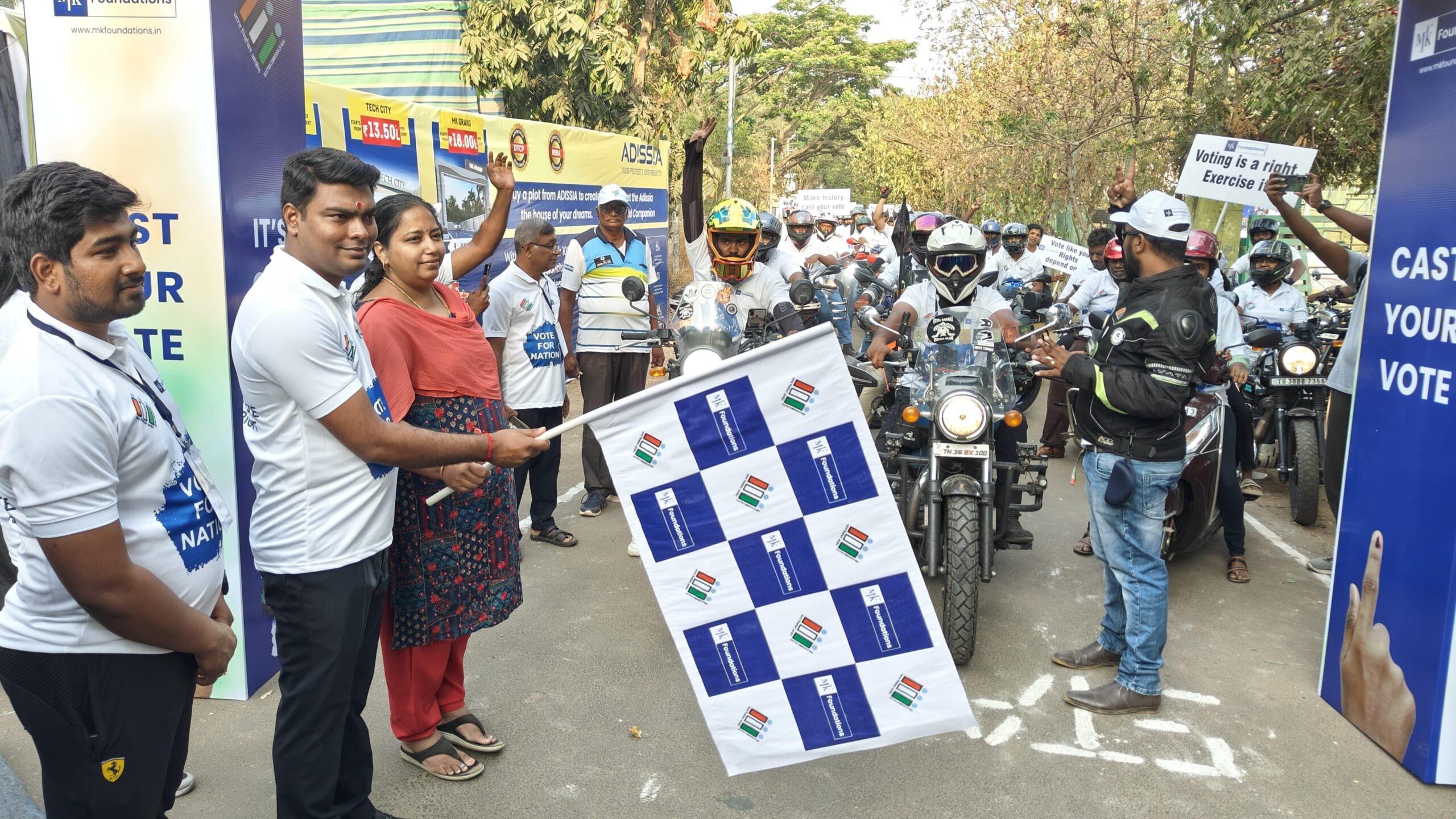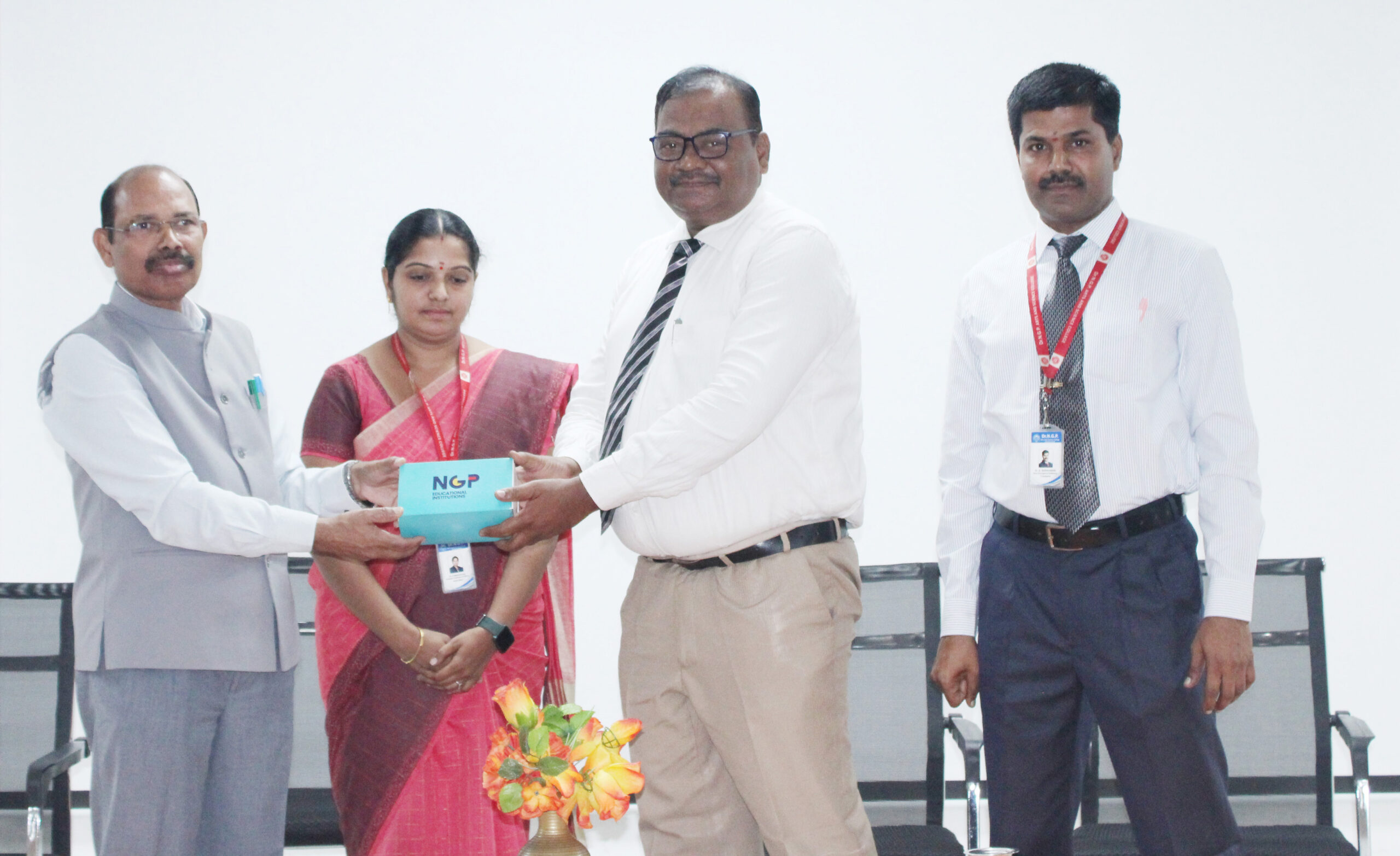Trending Now
- IPL 2024 begins with a bang. First contest between CSK and RCB.
- Election commission allots mike symbol to Naam Thamizhar Katchi
- AIADMK promises to urge for AIIMS in Coimbatore, in its election manifesto.
- Ponmudi becomes higher education minister.
Coimbatore
Issues loaded heavily against cotton
![]() October 8, 2019
October 8, 2019
Cotton may see a record production this year. Trade in the commodity getting linked to the global futures market has turned a bane for domestic farmers. A tweak in policies and a slew of eased tax measures should make things start looking up for the cotton industry and the economy, feels Indian Cotton Federation president J Thulasidharan.
The US-China trade war, a global slowdown and its reflections in the domestic market has taken a heavy toll on the cotton sector which like other areas has been witnessing a bad trading sentiment. When there was the last financial turmoil in 2007 and 2008, India may not have felt the pinch much. But the situation was not so now, said J Thulasidharan who was recently re-elected the president of the Indian Cotton Federation (ICF).
Till 2007 Indian cotton market had remained quite insulated from the global market vagaries. But since then it has got linked with the global market ruled by the speculative futures market in New York and that has adversely affected the industry.
The whole speculative futures market which resulted in volatile prices where traders exited say wheat or gold to trade in cotton futures, was cause for anxiety for the domestic producers, Thulasidharan told The Covai Post. Since the New York market has been hit by the US trade war with China, its after-effects have been felt in India. Coupled with this is the global meltdown which has seen the domestic market have a surplus supply over the last two years.
The cotton calendar has just started. This time, following the minimum support price (MSP) which has drawn farmers to cotton cultivation, the country has had a record cultivation covering 125 lakh hectares which would see a massive production of 380-400 lakh bales, adding to the supply side. But all eyes were on China, which consumes 44 per cent of the global cotton production. The stock there was low and depending on the intake from there, things could turn brighter for India which consumes 22 per cent of the production.
On the minimum support price (MSP) which rules above the international price and the benefits do not reach the farmer and the demand for a system of direct payment to the farmer, Thulasidharan felt that the government was considering this and it was a tough task as it involved a good number of farmers.
While admitting that farmers were being put into hardship and deprived of end-benefits of several schemes, Thulasidharan wanted the Central and State Governments to be more proactive. A case in example was allowing cotton farmers to sell their produce, even export it if they felt so. This would give the grower the benefit and farmers in the country could turn out to be among the richest in the world.
He felt that since 1968 when food prices were controlled owing to external pressure, the farmer took a hit and the situation had since then never improved.
He said the textile was the mother industry with employment potential and economy buildup which made Government interaction with all stakeholders, small and big, vital.
He was for a closer look at grading and classing of cotton which should see assured quality that could lead to branding of Indian cotton. There was also the need to control contamination right from the time the seeds are sown and also at the time of irrigation where sprinklers and improved water quality could be used.
Finance to growers had to be made liberal since cotton was a seasonal corp. The rate of interest should be liberal and made available through warehouse funding system, he felt.
Liberal policies like the rationalisation taxes through GST did help but there was the need for simplification. He stressed on the last point since the present system had its flaws with hidden taxes and loaded unfairly on the ordinary consumer. It needed to be streamlined. Take the case of someone receiving rental income. He or she would have to pay corporation tax, income tax and GST of 18 per cent if annual income is above Rs 40 lakh. “Ease of doing business has become difficult,” he says.
Regarding a slew of new policies announced by the Finance Minister in the form of stimulus package, he felt it was good in the medium and long-term for the economy. A majority of the industries are in the MSME sector. They, mostly traders, were yet to get any benefit. A change in the income-tax structure would have increased cash flow and sentiments would have improved. This would see an immediate positive impact on economic growth, Thulasidharan added.























